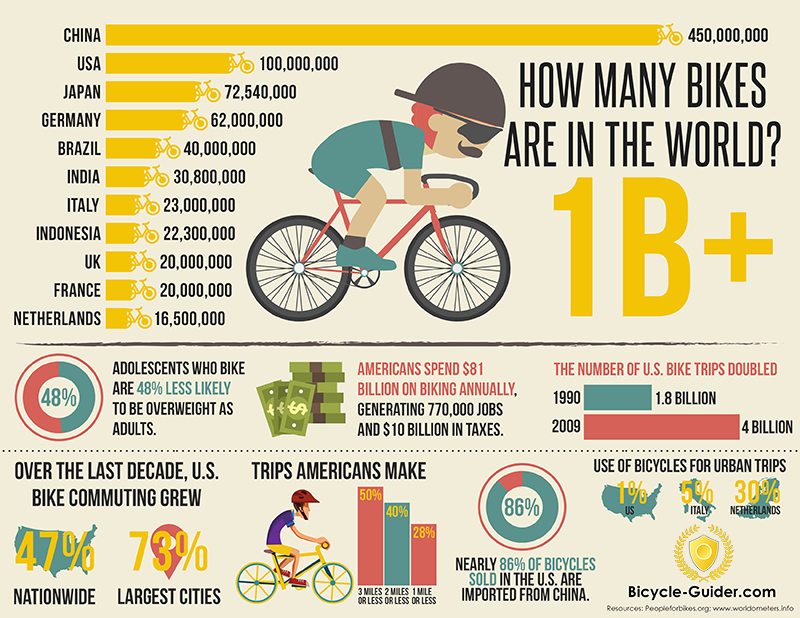E-Bike Classifications Explained: Understanding The Effects Of Each Group
E-Bike Classifications Explained: Understanding The Effects Of Each Group
Blog Article
Web Content Author-Wang Harder
If you're taking into consideration buying an e-bike, recognizing the various courses is type in making an educated choice. You could be amazed at just how each course supplies distinct attributes that satisfy various riding choices and lawful needs. From pedal-assist options to throttle-controlled versions, each class has its benefits. So, before you select the perfect e-bike for your requirements, it's important to comprehend the differences between Class 1, Class 2, and Course 3 e-bikes.
Course 1 E-Bikes
Class 1 E-Bikes are specified as pedal-assist electric bikes that provide support only when you pedal, ceasing to do so as soon as you get to 20 mph. These bikes are excellent for those looking for a little additional increase while still wanting to obtain some workout. Course 1 E-Bikes use a smooth change between pedaling and electric help, assisting you overcome hillsides and cross countries easily. The electric motor kicks in as soon as you start pedaling, providing an all-natural and uncomplicated adventure experience.
One of the key advantages of Course 1 E-Bikes is that they're enabled on a lot of bike paths and routes where standard bikes are permitted. This means you can check out brand-new paths and delight in the great outdoors with no constraints.
Additionally, these bikes are green and offer a sustainable mode of transport, reducing your carbon footprint while still getting you to your location effectively.
Class 2 E-Bikes
Moving on from the pedal-assist dynamics of Class 1 E-Bikes, Course 2 E-Bikes present a brand-new component into the electric bike realm. These e-bikes feature a twist throttle function, allowing you to ride without pedaling at all. With this addition, you have the option to merely involve the throttle and let the electric motor do the job, thrusting you ahead easily.
Course 2 E-Bikes are perfect for riders that may require a break from pedaling or need aid when starting from a complete quit. This feature makes them especially appealing for people with limited wheelchair or those that want an even more leisurely riding experience.
Nevertheless, it is essential to note that Class 2 E-Bikes are still controlled by a speed limitation of 20 miles per hour, guaranteeing safety and security and conformity with policies.
Class 3 E-Bikes
For motorcyclists seeking an extra dynamic electrical cycling experience, Course 3 E-Bikes deal improved speed and performance compared to their Course 1 and Course 2 equivalents. Class 3 E-Bikes are known as "rate pedelecs" and can get to speeds of approximately 28 mph, giving a thrilling trip for those trying to find an added increase. Suggested Looking at come equipped with a pedal-assist system that kicks in when you start pedaling, making it much easier to maintain greater rates with less initiative.
One key function of Class 3 E-Bikes is that they aren't limited to bike lanes only; they can also be used on streets where the speed restriction is 30 mph or lower. electric bike dog copyright permits cyclists to browse through web traffic much more efficiently while still taking pleasure in the advantages of electric aid.
Nevertheless, it's important to keep in mind that some areas might have certain regulations pertaining to using Course 3 E-Bikes, so constantly check local laws before hitting the road.
Final thought
So, since you comprehend the distinctions in between Course 1, 2, and 3 E-Bikes, you can make an informed decision on which type finest suits your requirements. Whether you prefer pedal-assist, throttle feature, or higher speeds, there is an E-Bike class around for you. Keep in mind to consider your neighborhood laws and individual preferences prior to making your selection. Satisfied riding!
